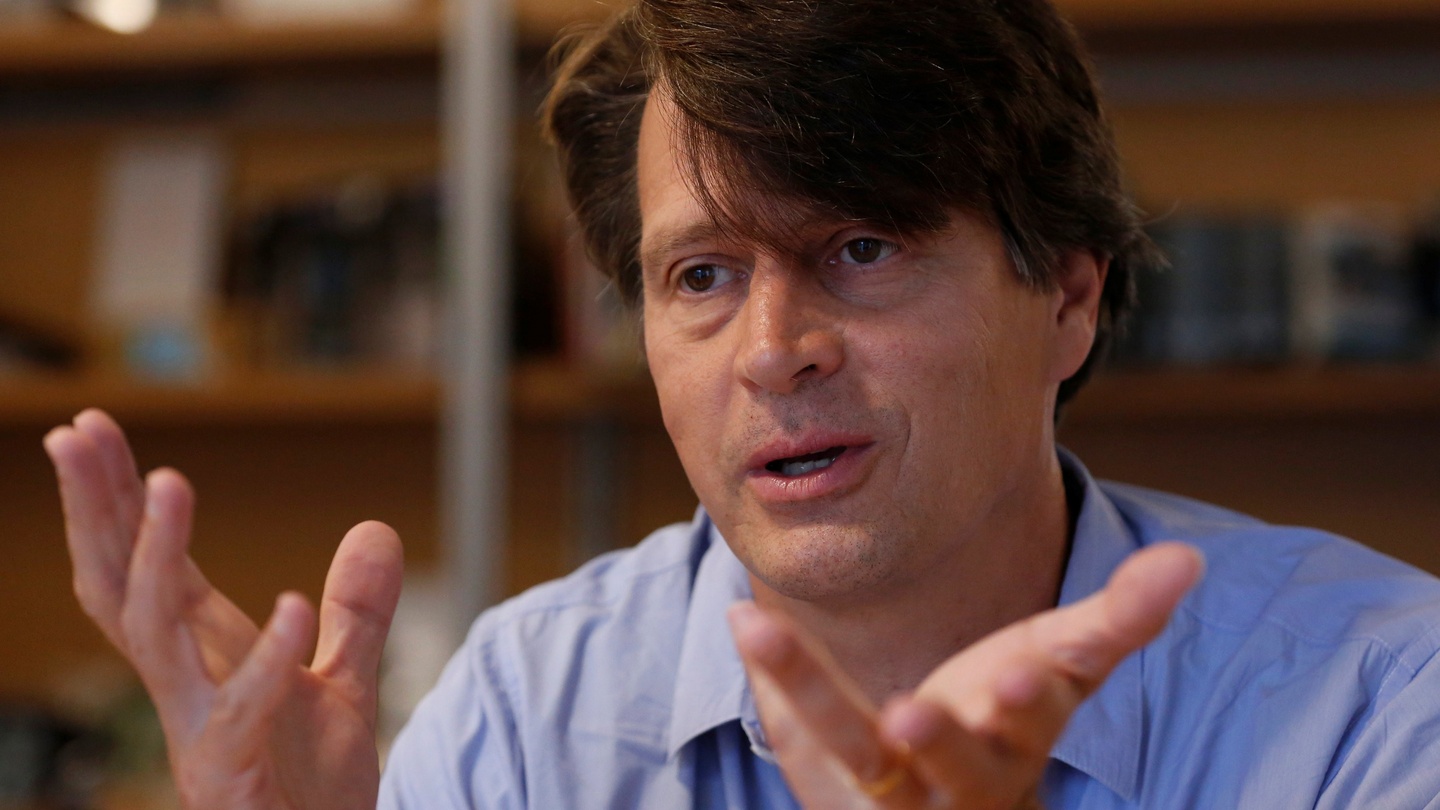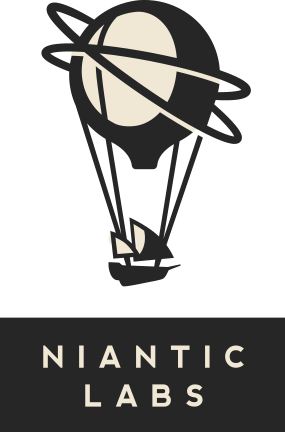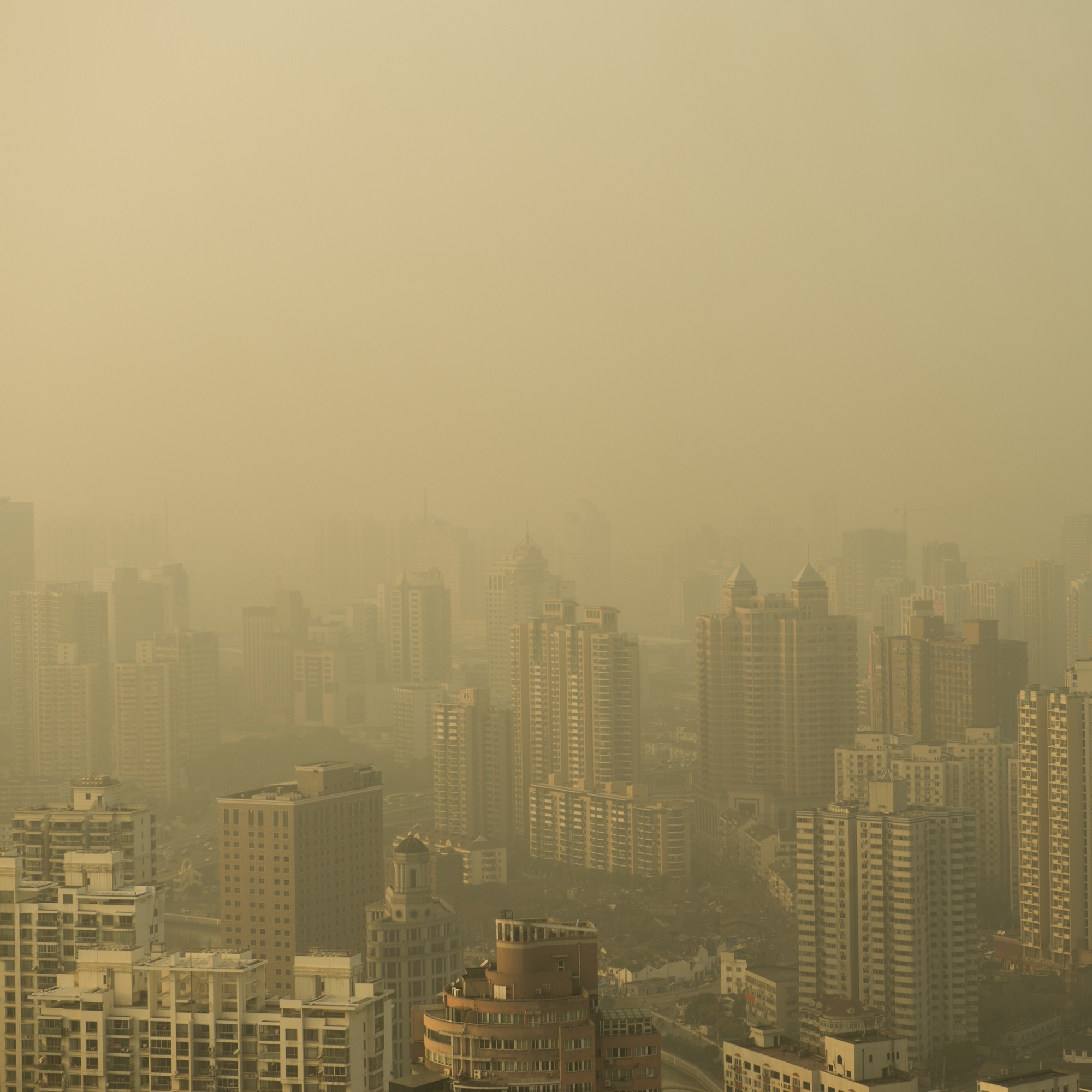
Make a smart move by savings for future higher education with takaful protection
Bit by bit, saving small amounts today really makes a long-term difference in the future when comes the moment of truth. The philosophy is simple and practical. Make it a natural habit and you will end up saving a lot of money in the end. The emergence of many innovative saving instruments in this modern era makes saving money a more rewarding experience, regardless of when and how much you start off with. What you need is a systematic and effective financial planning. Prepare yourself into the future by investing your savings in a smart financial product that safeguards your future higher education fund and provides takaful protection at the same time. Your thoughtful planning assures the pleasure and comfort of the future that you deserve. So, start saving now!

Foster saving habit through smart financial planning
Arm yourself with a focused diligence to plan for your higher education fund in a smart way to earn you a more assured future. The introduction of Skim Simpanan Pendidikan Nasional (SSPN-i Plus) by Perbadanan Tabung Pendidikan Tinggi Nasional (PTPTN – or The National Higher Education Fund Corporation) is a brilliant way to start with, simply because it yields dynamic long-term cash returns plus takaful (syariah compliant) protection as a bonus. In other words, the product is all about a guaranteed higher education fund in the future plus the very important takaful coverage against unwanted eventualities. Thanks to the partnership between PTPTN and Hong Leong MSIG Takaful, this innovative product is now made affordable to all walks of life who truly care about the future of their higher education. On a noble note, the product aims to inculcate a disciplined saving habit among Malaysians. Just as the Malay saying goes, prepare the umbrella before it rains. What you save today grants you the much-needed confidence to march into the future. Although the future is full of endless uncertainties, your smart move today holds the key to peace of mind in the future.

SSPN-i Plus – Unique and special plus it’s guaranteed by government
The very special aspect of SSPN-i Plus lies in its uniqueness. It combines the benefits of saving alongside takaful protection in one simple and easy, yet powerful package! It is a financial planning product that better reflects the realities of today and the future, taking into consideration of the ever rising living costs, including education costs. For the ultimate peace of mind, the product is fully guaranteed by our government. This simply translates into a smart financial planning that allows you to finance your future education costs right from this moment on! It is clever and secure. With SSPN-i Plus, you take charge of your personal finance through a dedicated, purpose-built saving instrument that helps reduce the financial burden on your parents. Again, the key to securing the future of your higher education with added peace of mind is to prepare well in advance through a smart financial planning.
Saving as early as possible to avoid financial bottleneck in the future
On a noble note, the launch of SSPN-i Plus aims to instil the saving habit among our people. It aspires to transform the mindset of our society to embrace saving from as early as possible. The newly launched SSPN-i Plus draws inspiration from the highly successful Skim Simpanan Pendidikan Nasional (SSPN-i) introduced 12 years ago. SSPN-i Plus made its debut on 8 June 2015 and has since captured the hearts of many depositors for its capability of combining savings and takaful protection into one dynamic and comprehensive package at affordable prices. It is specifically designed to safeguard your higher education future without relying purely on education loan. In a nutshell, SSPN-i Plus enriches the minds of the younger generation with a practical financial planning of foreseeable results. After all, your long-term savings come in really handy when it matters most at the critical moment. SSPN-i Plus helps you avoid the embarrassing situation of having to deal with a financial emergency in the future.
its capability of combining savings and takaful protection into one dynamic and comprehensive package at affordable prices

The Wow! SSPN-i Plus Draw
For 2016/ 2017, PTPTN is stepping up its effort to champion the saving habit among Malaysians by spicing up the rewards system through the Wow! SSPN-i Plus Draw. This laudable initiative aims to foster saving culture among parents who are preparing their children for higher education. SSPN-i Plus is an ideal financial product for the younger generation aspiring to excel at higher education levels with added peace of mind as their education costs are technically taken care of. In other words, the innovative product will realise its full potential as depositors begin their higher education. Again, SSPN-i Plus is possibly one of your best choices to avoid a critical financial pitfall in the future.

Amazing prizes up for grabs in Quarterly and Annual Draws
The Wow! SSPN-i Plus Draw is now open to all interested individuals, offering RM1.5 million worth of fantastic prizes. Over 300 amazing prizes await the lucky depositors of SSPN-i Plus who open a new account or increase their deposits between 1 July 2016 and 30 June 2017. The Wow! SSPN-i Plus Draw consists of the Quarterly Draw (3 draws featuring a grand prize of a unit of Honda Jazz and 20 consolation prizes of RM2,000 each) and the Annual Draw (grand prize: 1 unit of Proton Perdana; second prize: 3 units of Toyota Vios; third prize: 5 units of Kawasaki motorcycles; and 250 consolation prizes: RM2,000 each). Overall, the Wow! SSPN-i Plus Draw promises greater rewards in a more enticing scheme.

Easy and convenient transactions via Ejen Online PTPTN
In line with the popularity of the internet where information and communication technology dominates the digital age, PTPTN has also introduced a very convenient channel to market SSPN-i Plus through Ejen Online PTPTN. The online marketing programme intends to facilitate certain transactions, including account opening, at the touch of a button anywhere and anytime without a visit to the PTPTN counters.
Great rewards await Ejen Online PTPTN
PTPTN has also introduced a special programme for its Ejen Online PTPTN. Rakan Niaga Affiliate and Ejen Pemasaran Online are entitled to a commission of 15% and 25% respectively under this programme. The scheme also allows Ejen Online PTPTN to begin their career with PTPTN without any capital investment. Furthermore, they get to enjoy flexible working hours along with regular training and guidance from PTPTN. The good news is that all of them do not involve any cash transactions. Other incentives include Anugerah Ejen Online PTPTN Terbaik for the top achievers who hit the marketing targets, together with international holiday packages and cash rewards up to RM4,000.

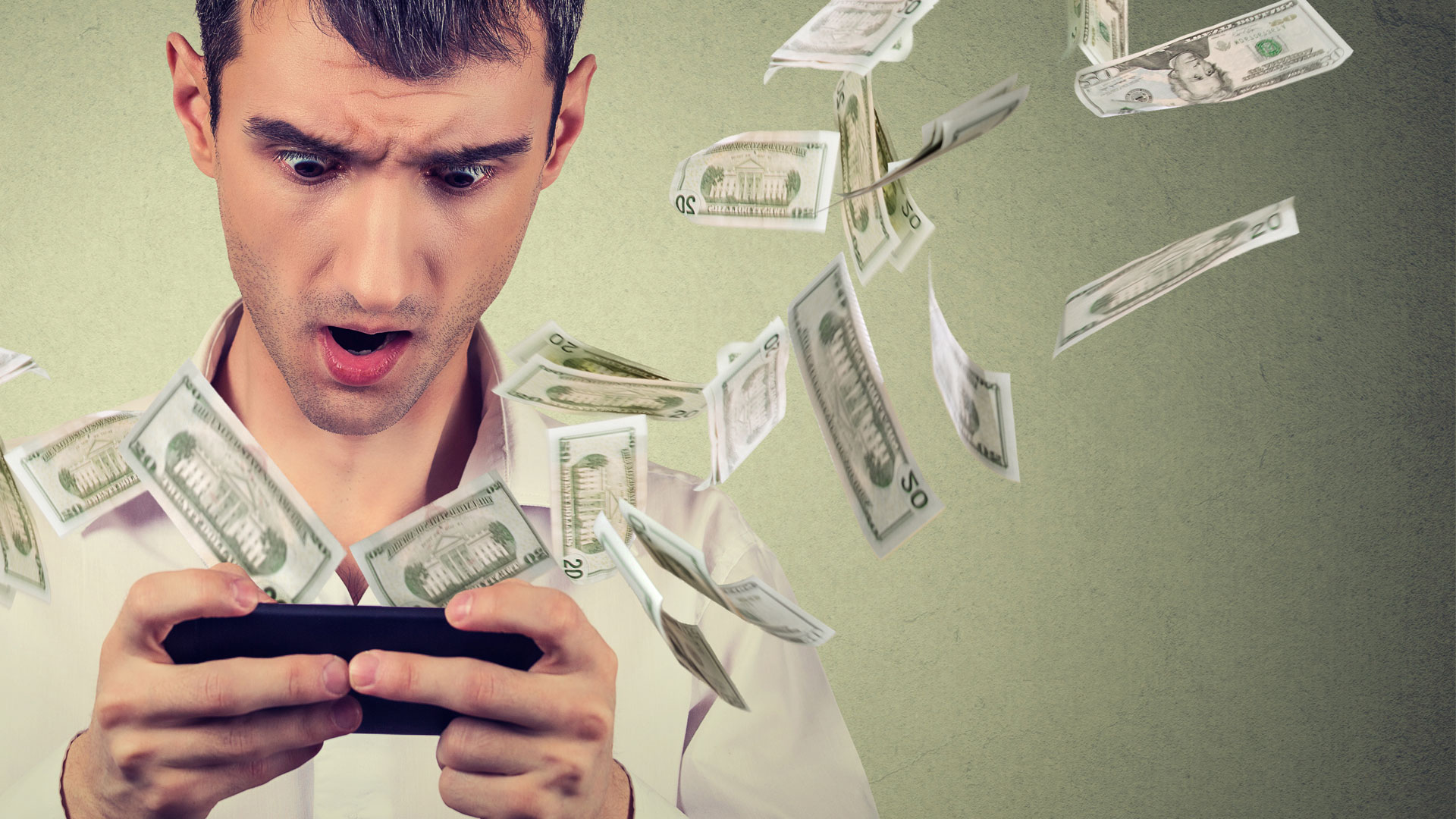




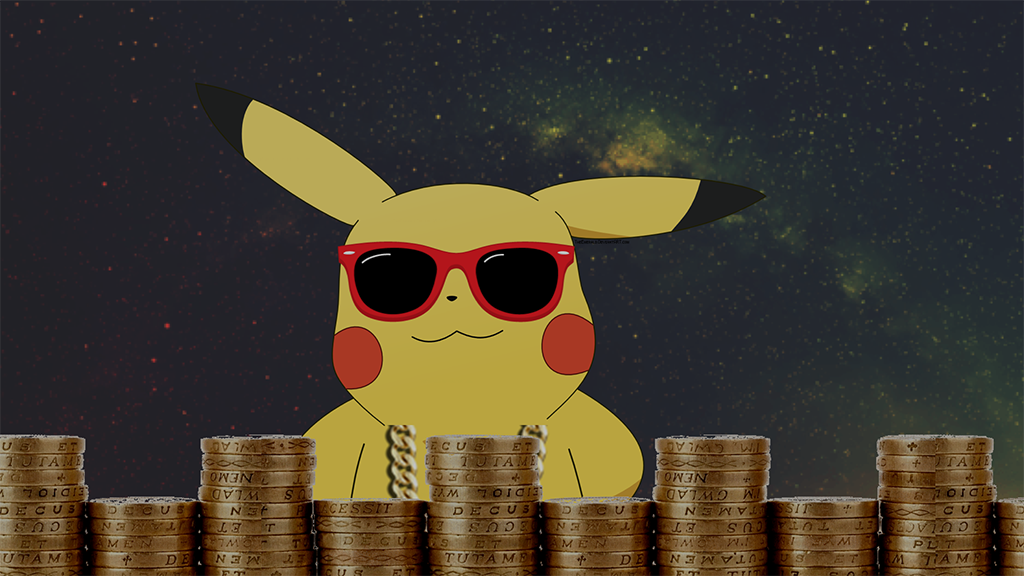





![Kota Raya Migrant Workers Community [Interactive map]](https://voiz.asia/wp-content/uploads/2016/07/img_7038-0246.jpg)
